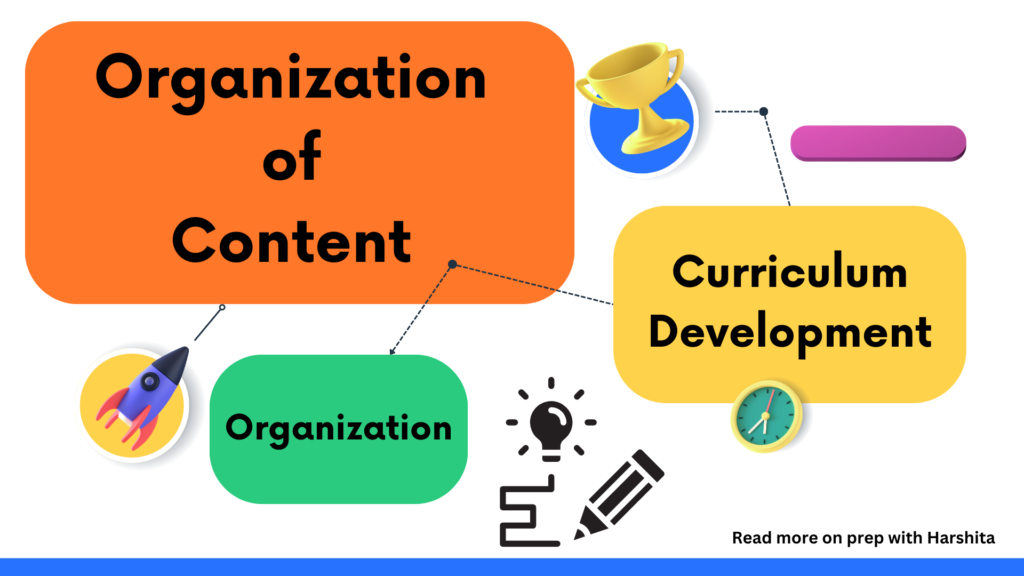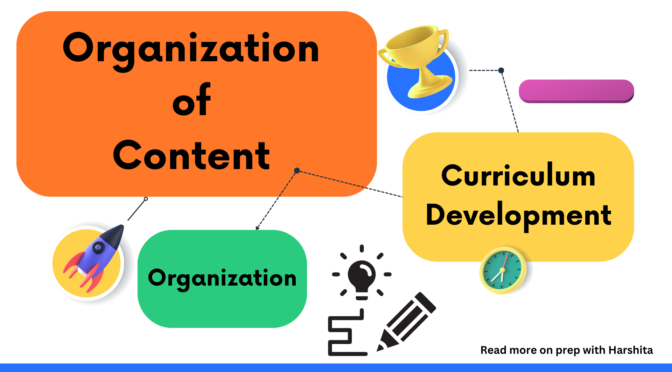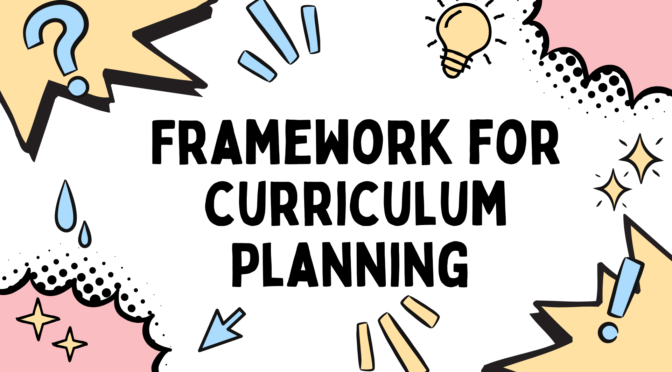The organization of content refers to the way in which the content is structured, presented, and sequenced within a curriculum or course. A well-organized curriculum or course can help students to understand and retain information, make connections between concepts, and build upon their existing knowledge and skills.
In curriculum design, sequencing, continuity, and integration are important aspects of organizing content in a way that promotes student learning.
- Sequencing: The sequencing of content refers to the order in which topics and concepts are presented to students. A well-sequenced curriculum is designed so that students are introduced to foundational concepts before moving on to more complex ideas. This can help students to build their understanding and to make connections between different concepts. For example, in a science curriculum, students may start by learning basic concepts such as the scientific method before moving on to more complex topics such as genetics or ecology.
- Continuity: Continuity refers to the coherence and consistency of a curriculum across different courses and grade levels. A well-designed curriculum ensures that there is a clear and logical progression of concepts and skills from one course or grade level to the next. This can help to avoid gaps in students’ knowledge and to ensure that they are prepared for the challenges of higher-level coursework. For example, a language arts curriculum might ensure that students learn the fundamentals of grammar and sentence structure in earlier grades, before moving on to more complex reading and writing tasks in later grades.
- Integration: Integration involves the incorporation of different subjects or disciplines into a unified curriculum. This can help to promote student engagement and understanding by demonstrating the connections between different areas of knowledge. For example, a history curriculum might incorporate elements of literature, art, and geography to help students understand the cultural and historical context of different time periods.
The following are some common methods for organizing content in a curriculum:
- Chronological order: This approach organizes content by time, such as historical events or a sequence of steps in a process. This is commonly used in history, science, and mathematics courses.
- Conceptual order: This approach organizes content by related concepts or themes, such as grouping content by different types of literary genres or scientific phenomena. This is commonly used in interdisciplinary courses.
- Difficulty level: This approach organizes content by level of difficulty, with more basic concepts introduced before more complex ones. This is commonly used in math and science courses.
- Integration: This approach combines multiple subjects or topics into a single unit, such as teaching literature, history, and social studies together in an English course.
- Spiral progression: This approach builds on previously learned concepts and content, with each new lesson revisiting and expanding upon previous material. This is commonly used in foreign language and music courses.
- Problem-based: This approach presents content in the context of real-world problems or situations, allowing students to develop problem-solving skills and apply their knowledge to practical situations.
Also Visit: Prep with Harshita

Also Visit: Prep with Harshita



